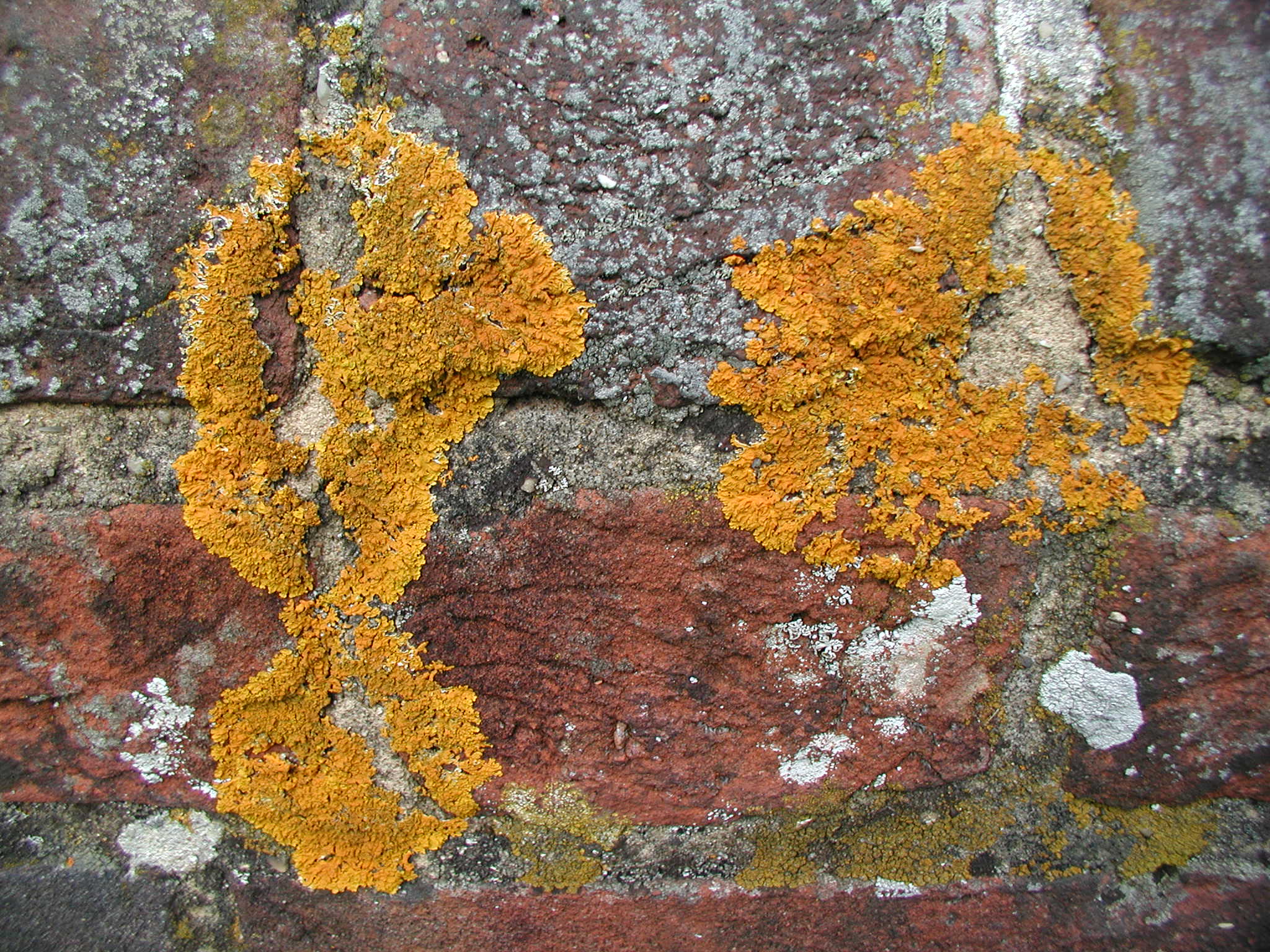|
Rhizoplaca Porteri
''Rhizoplaca porteri'' is a species of crustose lichen in the family Lecanoraceae The Lecanoraceae are a family of lichen A lichen ( , ) is a hybrid colony (biology), colony of algae or cyanobacteria living symbiotically among hypha, filaments of multiple fungus species, along with yeasts and bacteria embedded in the c .... References Further reading *Kondratyuk, S. Y., et al. "Molecular phylogeny of placodioid lichen-forming fungi reveal a new genus, Sedelnikovaea." Mycotaxon 129.2 (2015): 269–282. *Leavitt, Steven D., et al. "Fungal specificity and selectivity for algae play a major role in determining lichen partnerships across diverse ecogeographic regions in the lichen‐forming family Parmeliaceae (Ascomycota)." Molecular ecology 24.14 (2015): 3779–3797. Lecanoraceae Lichen species Lichens described in 2013 Taxa named by Helge Thorsten Lumbsch {{Lecanorales-stub ... [...More Info...] [...Related Items...] OR: [Wikipedia] [Google] [Baidu] |
Helge Thorsten Lumbsch
Helge Thorsten Lumbsch (born 1964) is a German-born lichenology, lichenologist living in the United States. His research interests include the phylogeny, taxonomy (biology), taxonomy, and phylogeography of lichen-forming fungi; lichen diversity; lichen chemistry and chemotaxonomy. He is the Associate Curator and Head of Cryptogams and Chair of the Department of Botany at the Field Museum of Natural History. Biography Lumbsch was born in Frankfurt in 1964. Interested in lichens already as a schoolboy, he studied natural sciences at the University of Marburg, under the tutelage of Aino Henssen. He received his diploma in 1989, with a dissertation titled ''Ontogenetisch-systematische Studien der Trapeliaceae und verwandter Familien (Lichenisierte Ascomyceten)'' ("Ontogenic-systematic studies of the Trapeliaceae and related families (lichenized ascomycetes)"). After Henssen's retirement in 1990, he transferred to the University of Duisburg-Essen, University in Essen, where he worked ... [...More Info...] [...Related Items...] OR: [Wikipedia] [Google] [Baidu] |
Crustose Lichen
Crustose lichens are lichens that form a crust which strongly adheres to the Substrate (biology), substrate (soil, rock, tree bark, etc.), making separation from the substrate impossible without destruction. The basic structure of crustose lichens consists of a cortex (botany), cortex layer, an algal layer, and a medulla. The upper cortex layer is differentiated and is usually pigmented. The algal layer lies beneath the cortex. The medulla fastens the lichen to the substrate and is made up of Fungus, fungal hyphae. The surface of crustose lichens is characterized by branching cracks that periodically close in response to climatic variations such as alternate wetting and drying regimes. Subtypes * Powdery – considered as the simplest subtype due to the absence of an organized thallus. :The thallus appears powdery. :E.g. Genera ''Lepraria'', ''Vezdaea'' * Endolithic – grows inside the rock, usually in interstitial spaces between mineral grains. The :upper cortex is usually d ... [...More Info...] [...Related Items...] OR: [Wikipedia] [Google] [Baidu] |
Lecanoraceae
The Lecanoraceae are a family of lichen A lichen ( , ) is a hybrid colony (biology), colony of algae or cyanobacteria living symbiotically among hypha, filaments of multiple fungus species, along with yeasts and bacteria embedded in the cortex or "skin", in a mutualism (biology), m ...ized fungi in the order Lecanorales. Species of this family have a widespread distribution. Taxonomy Lecanoraceae was circumscribed by German lichenologist Gustav Wilhelm Körber in 1855. Genera According to a 2024 estimate, Lecanoraceae contains about 715 species distributed amongst 26 genera. *'' Adelolecia'' – 4 spp. *'' Ameliella'' – 2 spp. *'' Bryodina'' – 2 spp. *'' Bryonora'' – 11 spp. *'' Cladidium'' – 2 spp. *'' Claurouxia'' – 1 sp. *'' Clauzadeana'' – 1 sp. *'' Edrudia'' – 1 sp. *'' Frutidella'' – 3 sp. *'' Glaucomaria'' – 8 spp. *'' Huea'' – 25 spp. *'' Japewia'' – 3 spp. *'' Japewiella'' – 7 spp. *'' Lecanora'' – 550 spp. * ... [...More Info...] [...Related Items...] OR: [Wikipedia] [Google] [Baidu] |
Lichen Species
A lichen ( , ) is a hybrid colony (biology), colony of algae or cyanobacteria living symbiotically among hypha, filaments of multiple fungus species, along with yeasts and bacteria embedded in the cortex or "skin", in a mutualism (biology), mutualistic relationship.Introduction to Lichens – An Alliance between Kingdoms . University of California Museum of Paleontology. . Lichens are the lifeform that first brought the term symbiosis (as ''Symbiotismus'') into biological context. Lichens have since been recognized as important actors in nutrient cycling and producers which many higher trophic feeders feed on, such as reindeer, gastropods, nematodes, mites, and springtails. Lichens have properties different from those of their component organisms. They come in man ... [...More Info...] [...Related Items...] OR: [Wikipedia] [Google] [Baidu] |
Lichens Described In 2013
A lichen ( , ) is a hybrid colony of algae or cyanobacteria living symbiotically among filaments of multiple fungus species, along with yeasts and bacteria embedded in the cortex or "skin", in a mutualistic relationship.Introduction to Lichens – An Alliance between Kingdoms . University of California Museum of Paleontology. . Lichens are the lifeform that first brought the term symbiosis (as ''Symbiotismus'') into biological context. Lichens have since been recognized as important actors in and producers which many higher trophic feeders feed on, such as reindeer, gastropods, nematodes, mites, and springtails. Lich ... [...More Info...] [...Related Items...] OR: [Wikipedia] [Google] [Baidu] |


